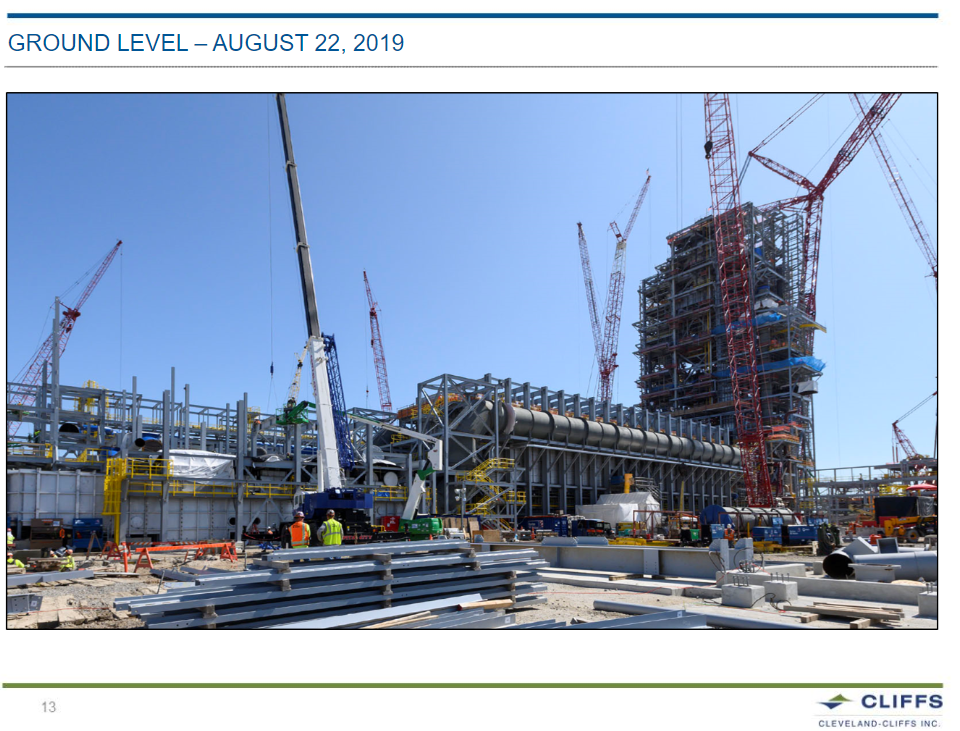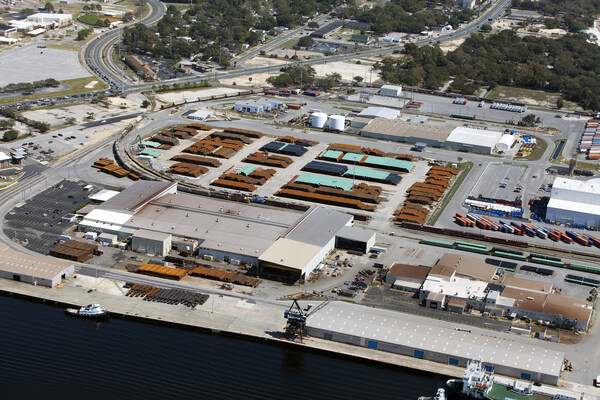Infrastructure

AISI Op-Ed: Steel is the solution for 'bridging' the gap
Written by Dan Snyder
July 3, 2024
A record 60.6 million people are expected to travel by car for the Fourth of July holiday, according to the American Automobile Association (AAA). And a recent survey by The Vacationer said 75% of Americans intend to take at least one road trip this summer. In short, Americans are hitting the road this season, and probably crossing a short-span steel bridge on their travels.
There are over 281,000 off-system bridges in the US. They are locally owned, typically under 100 feet in length, and are known as short-span bridges. In 2021, Congress passed the Bipartisan Infrastructure Law, a once-in-a-generation investment to fix the nation’s infrastructure. The law directs nearly $40 billion over five years to repair or replace as many as 15,000 bridges, with states required to use at least 15% of this new money to build these off-system bridges.
Steel in bridges
The use of steel remains essential to our nation’s infrastructure. It plays a crucial role in the replacement and new construction of bridges, roadways, guardrails, and utility structures. Infrastructure also includes the energy grid, energy development and transmission, water infrastructure and public safety — all of which use steel.
Steel for short-span bridges is lighter than other materials. It can provide a savings of up to 25% in total superstructure costs. This is partially because heavier equipment may not be needed to set the girders. Steel can also be reused after a long service life. One county in Ohio saved $51,000 in superstructure costs by using repurposed beams removed from a previous steel bridge taken out of service.
New solutions
Steel bridge owners and designers are always looking for cost-efficient and innovative steel solutions to solve their short-span bridge construction challenges. One of these solutions is eSPAN140. It’s a tool that provides bridge professionals with an all-in-one resource to design rolled beams, plate girder, press-brake formed tub girder, and buried soil structures up to 140 feet in length in less than five minutes.
Developed by the American Iron and Steel Institute (AISI)-led Short Span Steel Bridge Alliance (SSSBA), one of the many benefits of eSPAN140 is that it offers standard designs and details. This speeds up project delivery time for short-span bridges. Additionally, this makes the tool especially valuable as interest in repairing the nation’s infrastructure grows.
SSSBA
AISI established the SSSBA in 2007 to assist bridge owners and designers with the cost-effective design, fabrication, and construction of short-span bridges. The group consists of over 100 bridge and buried soil steel structure companies and organizations collaborating to assist state and local officials with bridge projects. Nearly 20,000 bridge professionals have benefited from SSSBA-led workshops and conferences throughout the US. They’ve learned about the efficiency and cost advantages of short-span steel bridges.
As the historic infrastructure law rolls out across the nation, the SSSBA is also partnering with Departments of Transportation (DOT) to develop state-specific design standards to cut costs and save time on bridge projects. This service streamlines the design process and conforms to both AASHTO (American Association of State Highway and Transportation Officials) and owner-specified criteria. By implementing standardized designs across multiple locations, project teams benefit from efficiencies in procurement, construction, and maintenance. This approach reduces the need for custom engineering, enhances scalability, and ensures consistency in quality and performance. Moreover, standardized designs facilitate easier project management and accelerate decision-making processes, contributing to more efficient and sustainable infrastructure development. This service is available to states across the nation.
American steel producers innovate every day to create more sustainable, durable, and economical products for construction needs. AISI’s construction program is dedicated to bridging the gaps among steel producers, consumers, and policymakers to provide resilient, steel-based solutions.

Dan Snyder
Read more from Dan SnyderLatest in Infrastructure

House committee blocks GOP budget proposal
The budget proposal has big implications for steel and manufacturing.

Construction spending drops marginally in January
Construction spending edged down slightly in January, slipping for the first time in four months. The US Census Bureau estimated spending at a seasonally adjusted annual rate of $2,196 billion in January, down 0.2% from December’s downward revised rate. The January figure is 3.3% higher than a year ago. January’s result, despite the slight erosion, […]

Buy America waivers end for federal highway projects
All steel, iron, and manufactured products used in federally funded highway projects must soon be made in America. The Department of Transportation announced all waivers to the Buy America requirements for federal infrastructure projects will soon be terminated. Effective March 17, the DOT’s Federal Highway Administration will implement a final rule that will end its […]

Contractors concerned about tariffs, immigration in 2025: AGC survey
AGC said Trump should be “sparing” in imposing new tariffs and exclude products needed for domestic manufacturing, energy and infrastructure.

Borusan plans $68M upgrade to Florida facilities
The announcement comes a little more than a year after Borusan acquired Panama City, Fla.-based Berg Pipe for $162 million.
